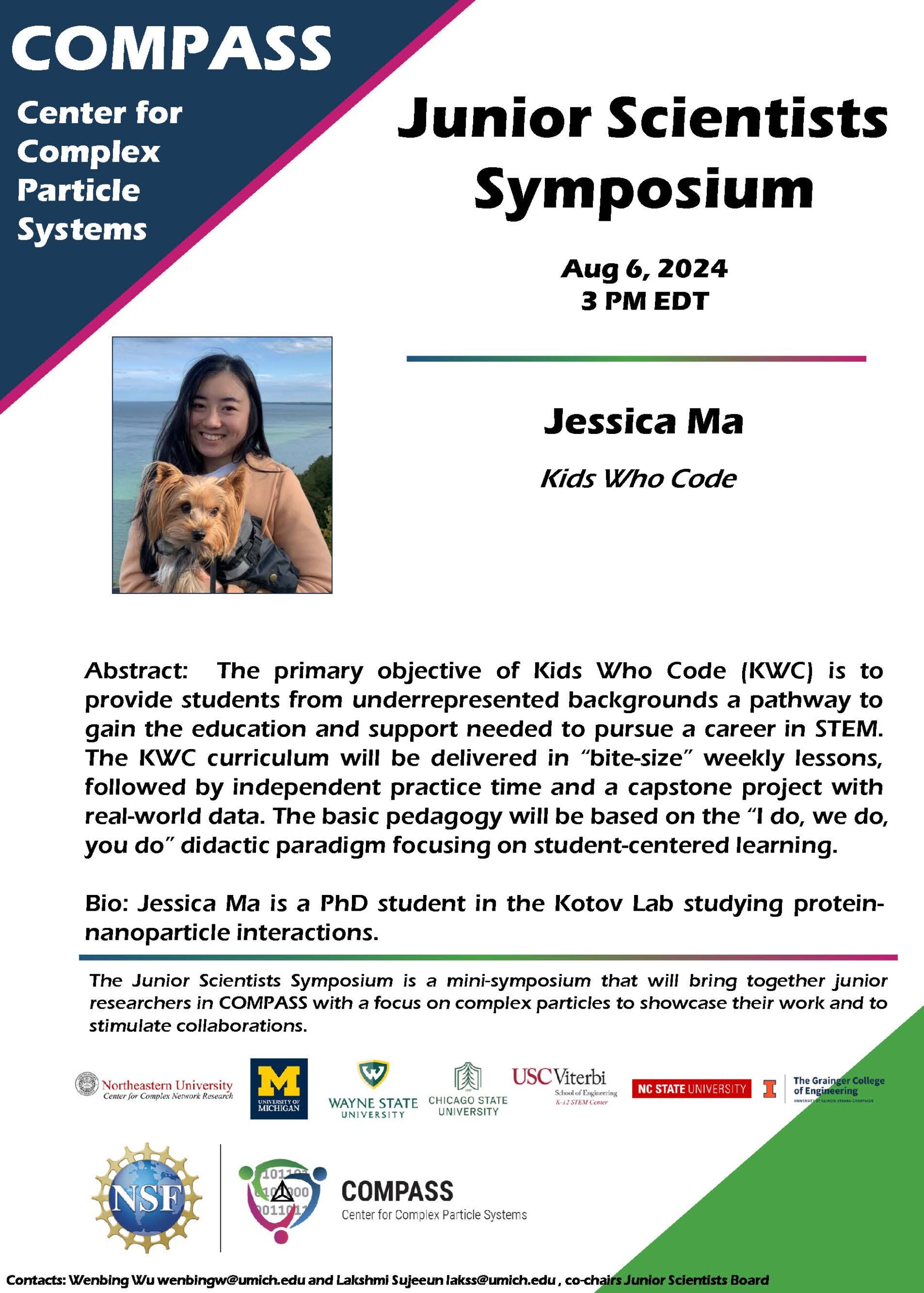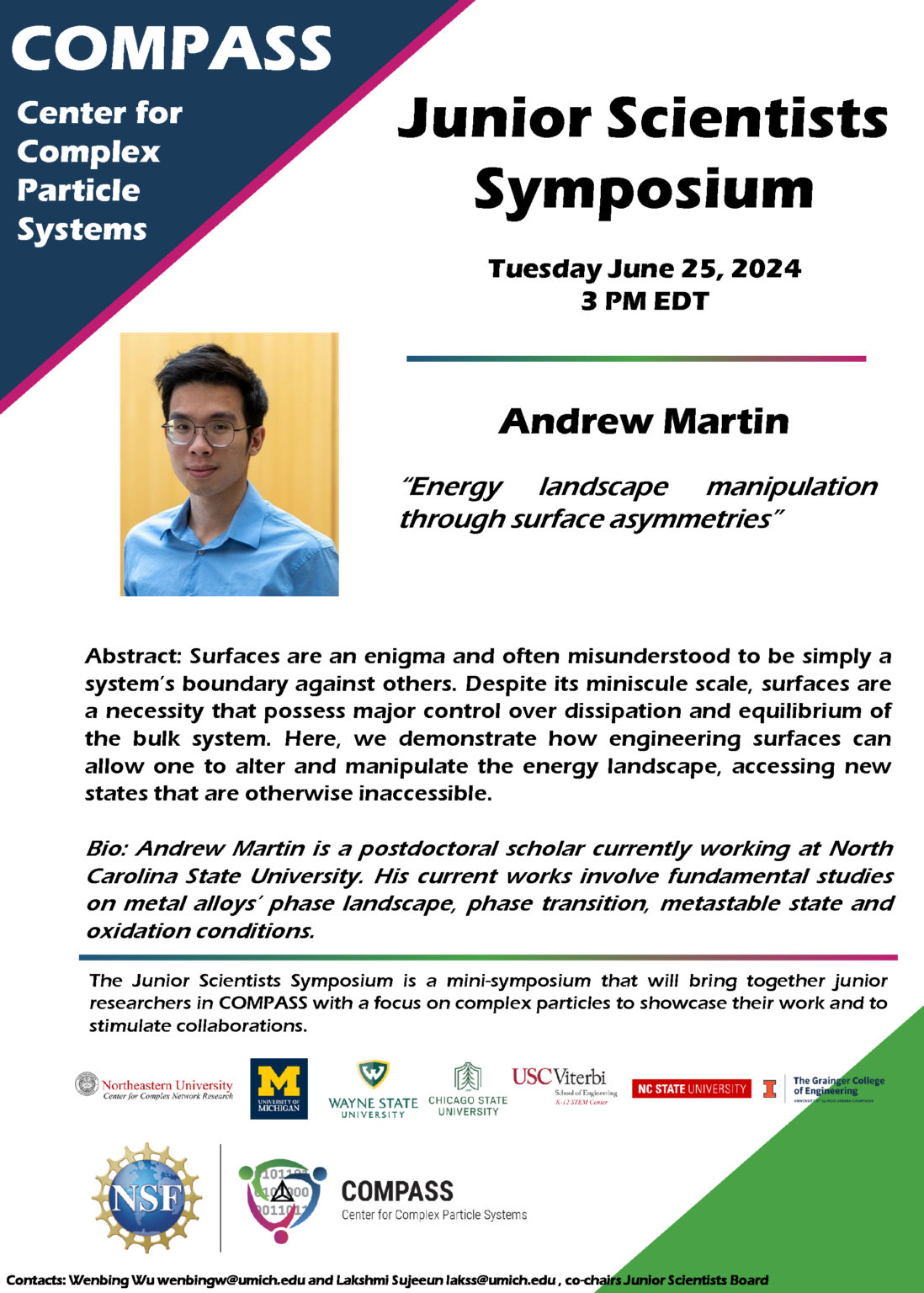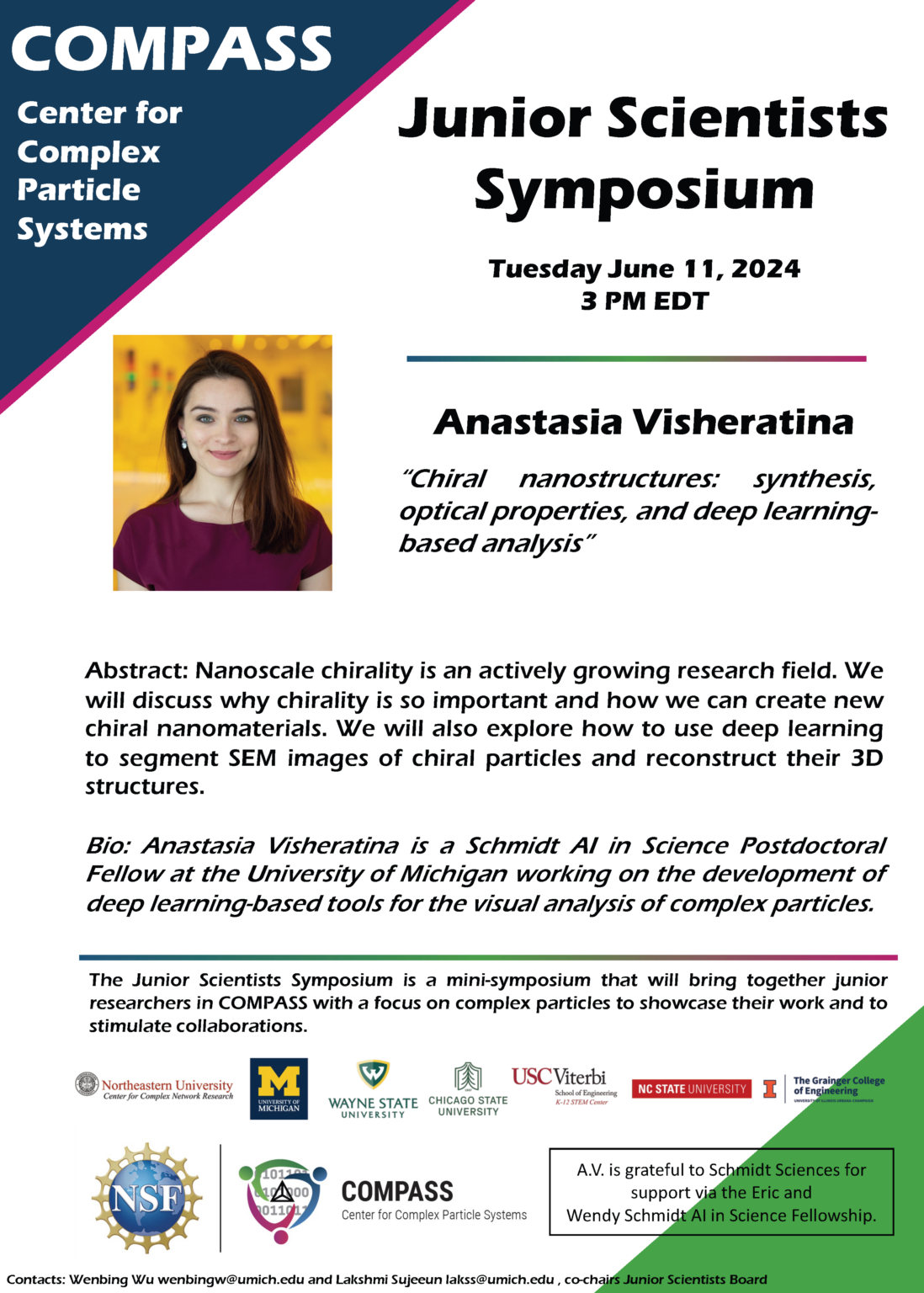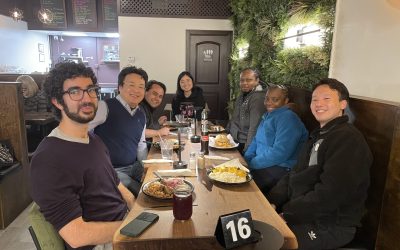Junior Scientists Board – Test
Our mission is to foster collaboration and innovation among junior scientists in COMPASS, all members of affiliated research groups and scientists of all career stages interested in Complex Particles and Particle Systems. We provide a platform for networking, mentorship, and professional development opportunities to empower the next generation of researchers. Through our collective efforts, we strive to advance the frontiers of Science, promote understanding of Nature, and solve technological challenges in the research of Complex Particle Systems.
The Board

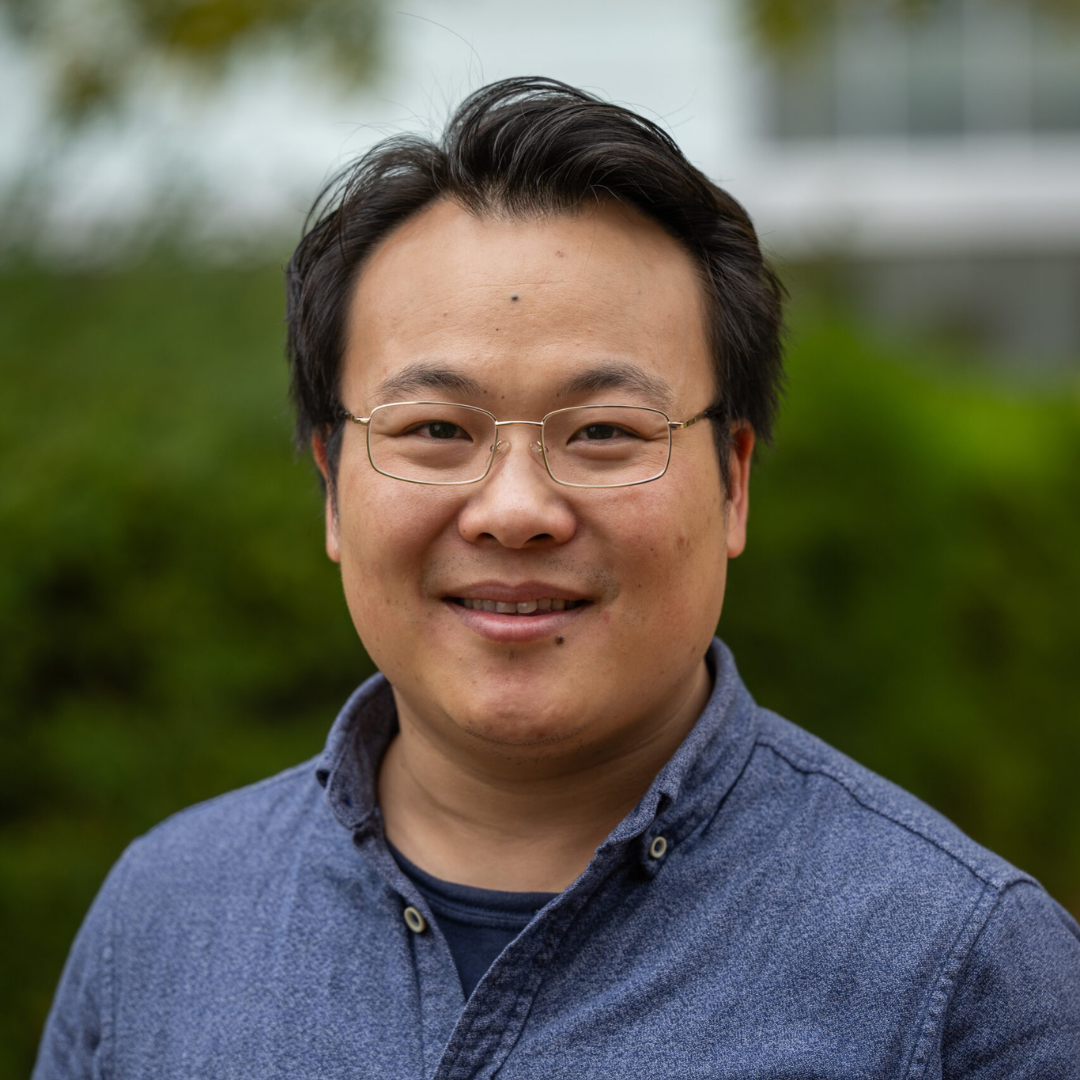
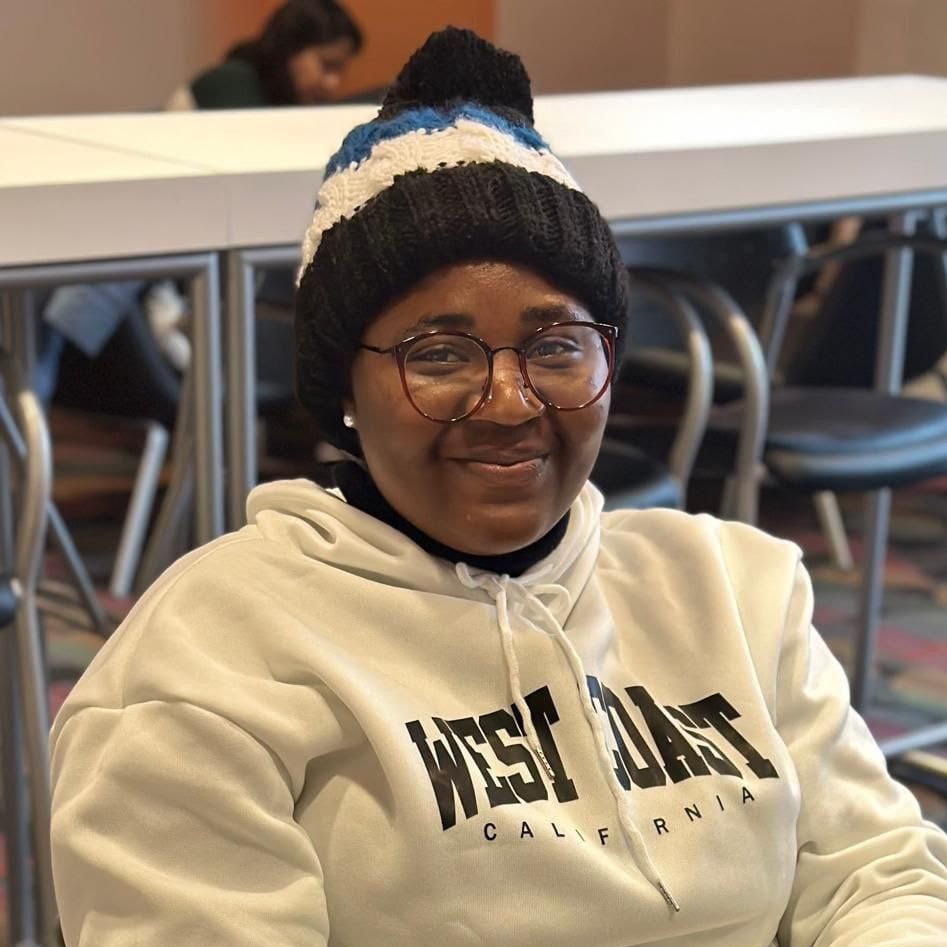
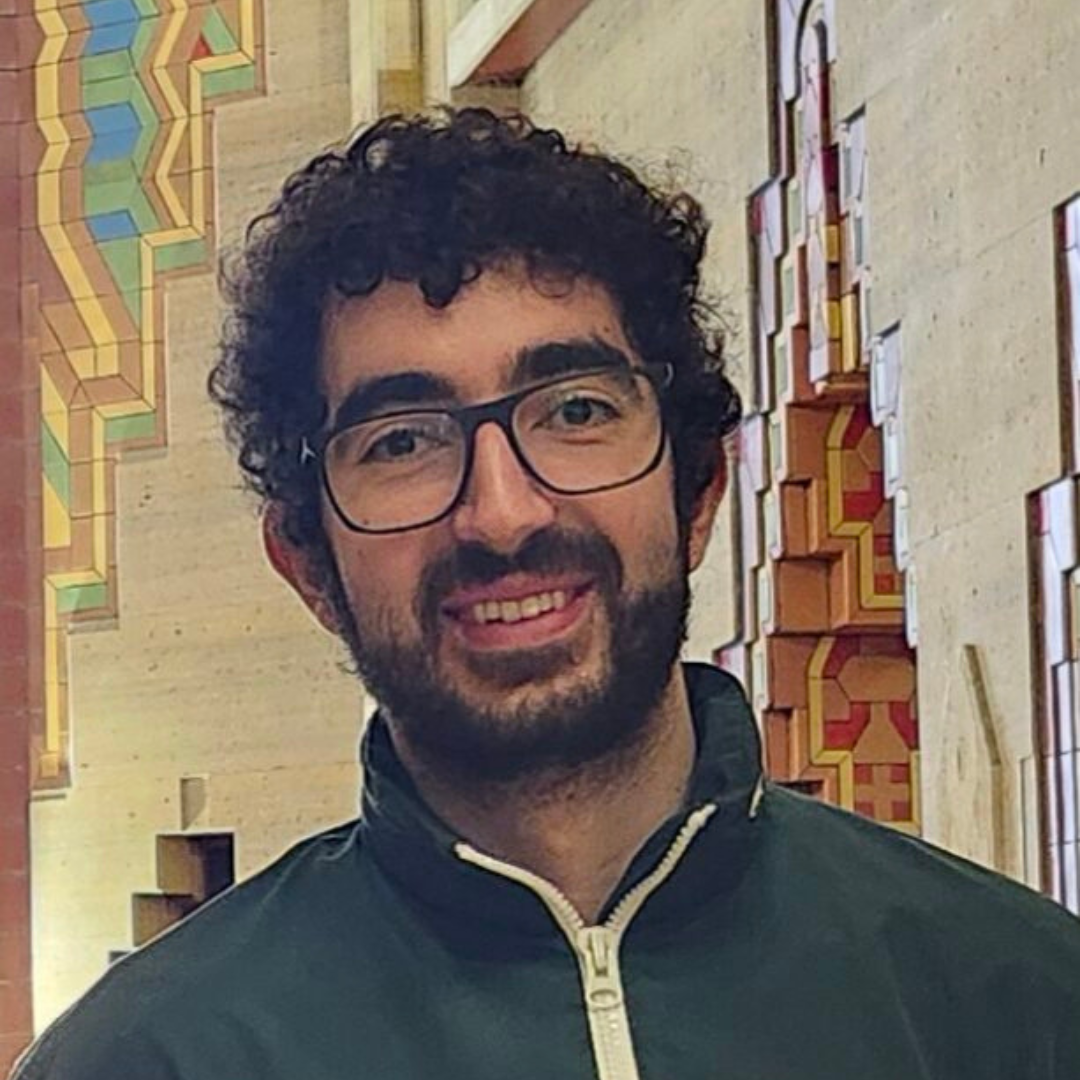

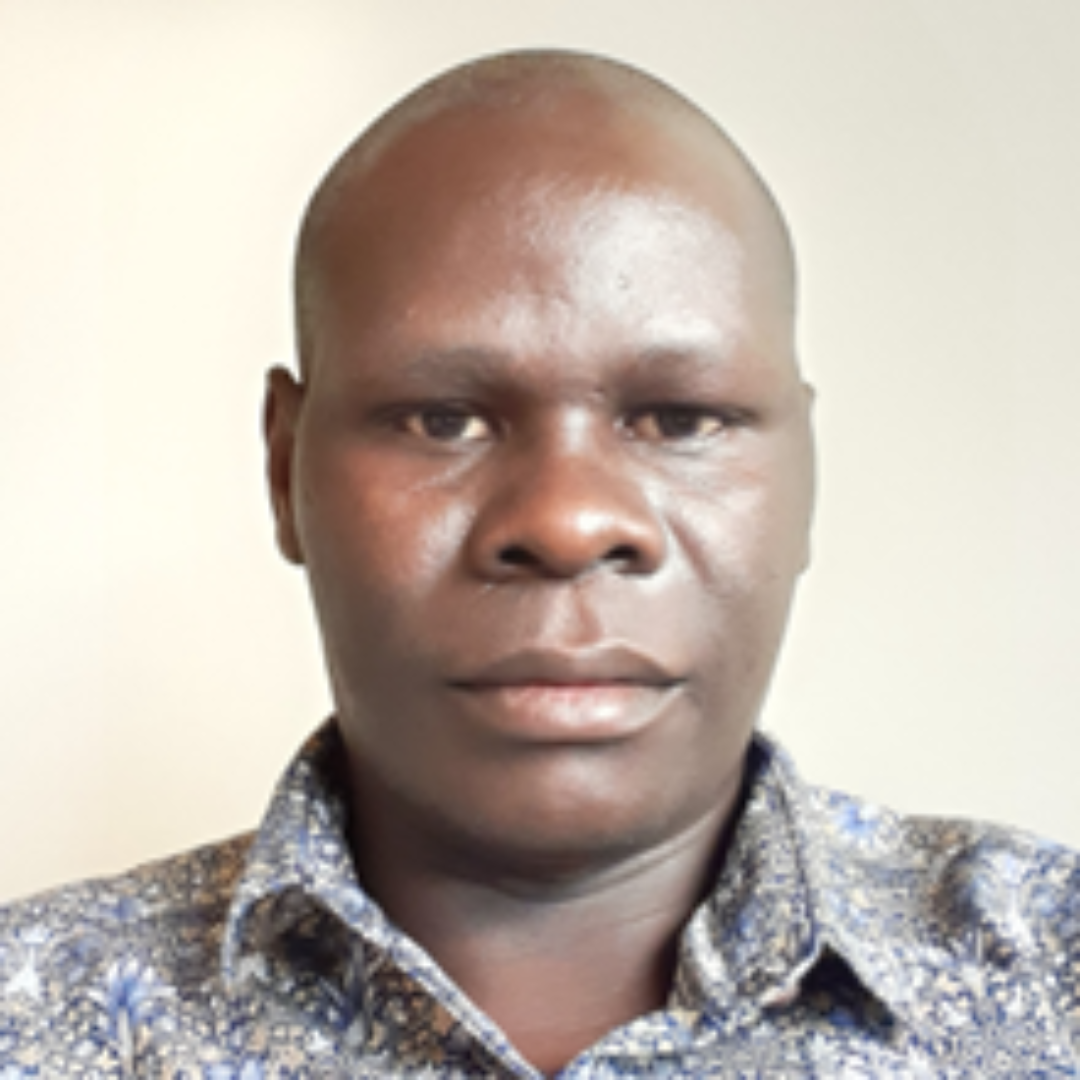

Junior Scientists Research Challenge
The Junior Scientists Research Challenge is initiated and organized by the COMPASS Junior Scientists Board. Nine teams, comprising 28 junior scientists from nine different institutions, have been awarded funding to pursue self-proposed research projects.
Team 1: Optimizing Percolation Analysis: Leveraging 2D Arrays and Graph Theory for Enhanced Correlation with 3D Tomography of multi-particle systems”
Dhanush U. Jamadgni, North Carolina State University, Raleigh 27606, USA
Nancy Muyanja, University of Michigan, Michigan Center for Materials Characterization, Ann Arbor MI 48109, USA
This proposal seeks to explore the idea of utilizing 2D analysis to understand granular behavior and correlating the behavior to 3D tomography measurements via graph metrics, rheology and statistics.
Team 2: Integration of Vector Graphics to Enhance StructuralGT’s Graph Extraction and Processes
Daisy Kiptoo, North Carolina State University
Shixuan Li, University of Southern California
The goal of this project is to enhance Structural-GT, a software for graph analysis, by integrating advanced vector graphics techniques. These include Bézier curves and Non-Uniform Rational B-Splines (NURBS), which enable precise, scalable, and high-fidelity graph outputs. By refining node and edge detection, the project ensures adaptability across diverse image datasets, such as SEM and TEM images, and improves the software’s utility for materials science and other disciplines.
Currently, Structural-GT relies on raster-based methods (e.g., thresholding, filtering, skeletonization) for structural analysis. However, these approaches face several limitations like redundant nodes, low information density and no curvature measurement, which limits the ability to analyze complex structures.
By addressing these challenges, the enhanced Structural-GT will significantly improve the precision and efficiency of graph analysis.
Team 3: Active Weaving: Self-Propelled Nanoparticle-Driven Formation and Graph-Theoretic Characterization of Complex Polymer Networks
Sabina J Haque, University of Michigan
Sindy P Liu, University of Illinois Urbana-Champaign
Rong Ma, University of Michigan
Inspired by silk nests built by social insects, we create a synthetic model that integrates movement and construction, using graph theory to simulate the emerging structures. Self-propelled nanoparticles drive a dynamic assembly process, resulting in polymer networks with enhanced connectivity and adaptability.
Team 4: 3D printing using acoustically tuned “viscosity metamaterials”
Omkar Roy, University of Michigan
Chia-Pei Chu, University of Michigan
Hongju Jung, University of Michigan
Abhi Shetty, Anton Parr USA
Small orthogonal perturbations normal to the principal flow direction in dense particle suspensions can change the material properties (e.g. viscosity, yield stress) on the fly. This can be helpful in DIW 3D printing and material reuse post extrusion, ensuring circular and sustainable material use.
Team 5: Retrainable Mechanical Neural Networks Enabled by Active Stimuli-Responsive Materials
Shuaifeng Li, University of Michigan
Sungwan Park, University of Michigan
Jihpeng Sun, University of Michigan
A mechanical neural network in a form of film is trained by in situ backpropagation using stimuli-responsive materials, azobenzene, which undergo molecular trans-cis isomerization upon UV irradiation. Then we synthesize the trained mechanical neural network by selectively irradiating the film via photomask and demonstrate the retrainability.
Team 6: CdS Quantum Dot Pt Nanoparticle Aerogel Composites for Photocatalytic Water Reduction: Consequences of Composite Preparation Method on Network Connectivity and Photocatalytic Activity
Vinicius Alevato, Wayne State University
Alex Niculescu, Wayne State University
Chansong Kim, University of Illinois at Urbana-Champaign
Kody Whisnant, University of Michigan
Photocatalytic water splitting produces hydrogen using solar energy and photocatalysts. This reaction has the potential to efficiently produce hydrogen fuel and propel clean and renewable energy production. The major component that influences the reaction efficiency is the photocatalyst. Pt-CdS composites are promising photocatalysts for the water splitting reaction. Thus, our goal is to prepare Pt-CdS quantum dot aerogels composites and evaluate the influence of their production method on photocatalytic activity. Our hypothesis is that understanding the connectivity of the particles of both materials related to the synthetic method of the composite will enable the production of materials with optimized photocatalytic activity. The rationale is that the nature of the Pt-CdS interaction (chemisorption vs. physisorption), and the number of nanoparticles of CdS connected to Pt are derived from the production method; and controlling all these aspects is essential to enable optimized electron transfer between the materials. Different composites will be prepared using co-gelation, impregnation and photodeposition techniques, to obtain materials with different sorption modes and Pt nanoparticles positioning in the CdS gel matrix. We will analyze the structure of the materials using 3D electron tomography and use graph theory calculations to evaluate the connections between CdS and Pt nanoparticles, exploring the relationship of the interactions between particles to the photocatalytic activity.
Team 7: Graph-Theoretical Design of Layer-by-Layer Assembled Films for Electromagnetic Interference Shielding
Linlin Sun, University of Michigan
Chrismond Smith, Chicago State University
Duke Oeba, Egerton University
Wenbing Wu, University of Michigan
Our objective is to fabricate EMI shielding films with high shielding effectiveness (SE) using a layer-by-layer (LBL) assembly approach. We have successfully fabricated Ag nanowire (AgNW) thin films using a spray-assisted method. In our previous work, we reported their extraordinary electrical conductivity, which is a key property enhancing SE through the reflection mechanism. Specific arrangements of nanowires, such as alignment, are expected to improve SE through polarized absorption and scattering. Multilayer structures with hierarchical arrangements will also be investigated for their potential to improve SE through internal reflection. Additionally, other materials or composites, such as carbon nanotubes (CNTs), carbon fibers, and MXene, will be tested for enhanced absorption properties.
Team 8: Exploiting Capillary Bond Networks for Collective Sensing
Yvonne Amaria, University of Michigan
Sungwan Park, University of Michigan
Trevor Teague, University of Michigan
Colloidal-scale robots can communicate via networks of particle interactions. Using particle tracking experiments, agent-based modeling, and insights from interfacial assembly, we study systems’ ability to transmit information as a material property, unlocking paradigms for adaptive materials.
Team 9: Mechanical response and topological measures in particle networks
Abhishek Bathina, Georgetown University
Jonas Hallstrom, University of Michigan
Xiongye Xiao, University of Southern California
We are working with network science (GT) tools to identify key physical ingredients of the mechanics of complex particle networks in particle-based simulations. Combining these with experiments can elucidate the origin of physical properties and guide future GT-based material synthesis and design.
Junior Scientists Board Symposium
Online Symposium presented by the COMPASS Junior Scientists Board
Starting June 2024
Tuesdays at 3 PM EST, biweekly
Featuring Junior Scientists from COMPASS
Stay tuned for email invitations to the talks.
Contact us to join the symposium and to volunteer to be our next speaker.
Junior Scientists Board News
Compass junior scientists social event during all hands meeting in December!
Junior Scientists Board welcoming visitors from Chicago State Univeristy, Kiara Fenner and Chrismond Smith in Ann Arbor!
Junior Scientists Board welcoming visitors from Chicago State Univeristy, Kiara Fenner and Chrismond Smith in Ann Arbor!
Junior scientists social event!
Junior scientists having a Bowling session after the NSF site visit!










